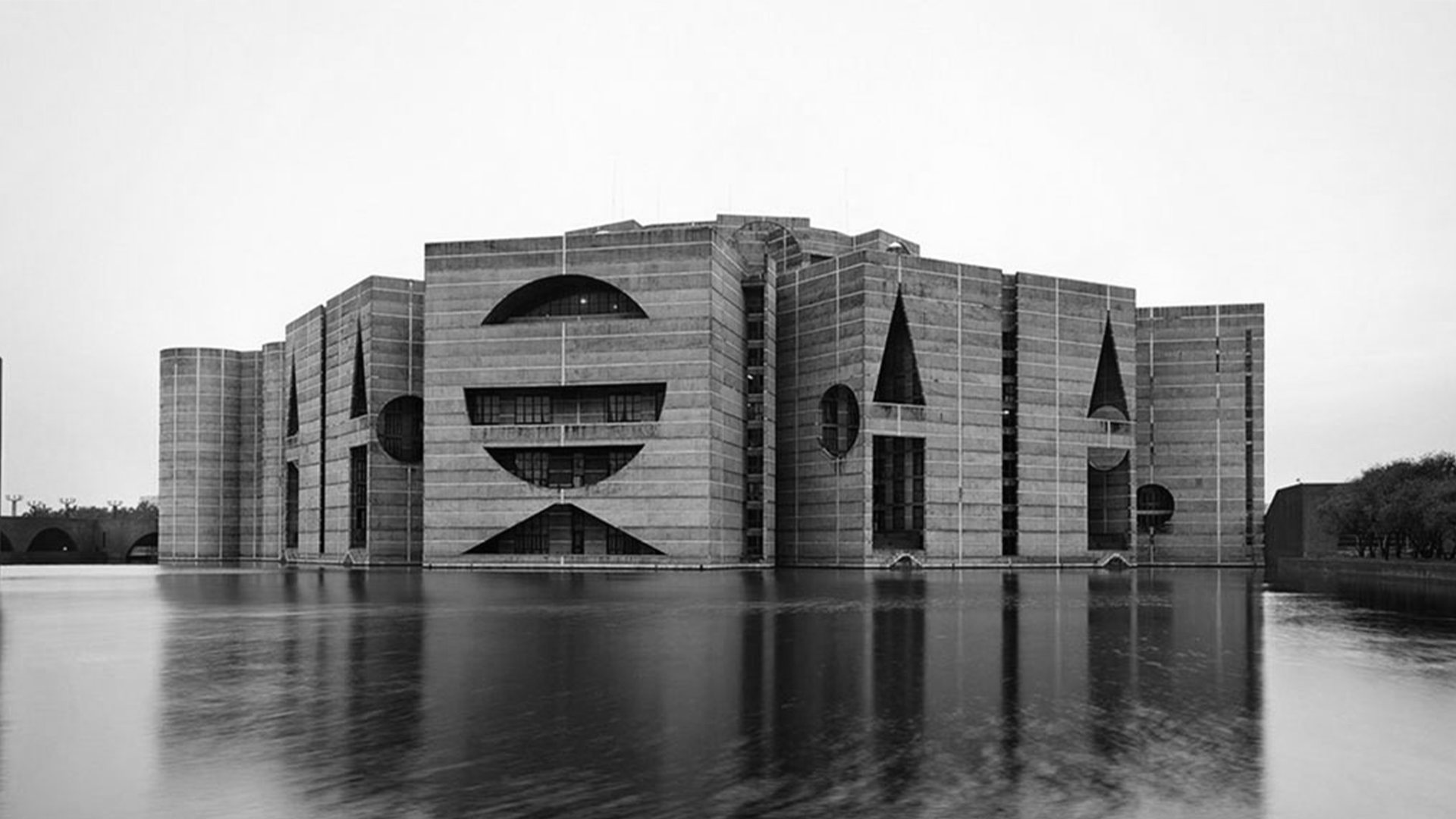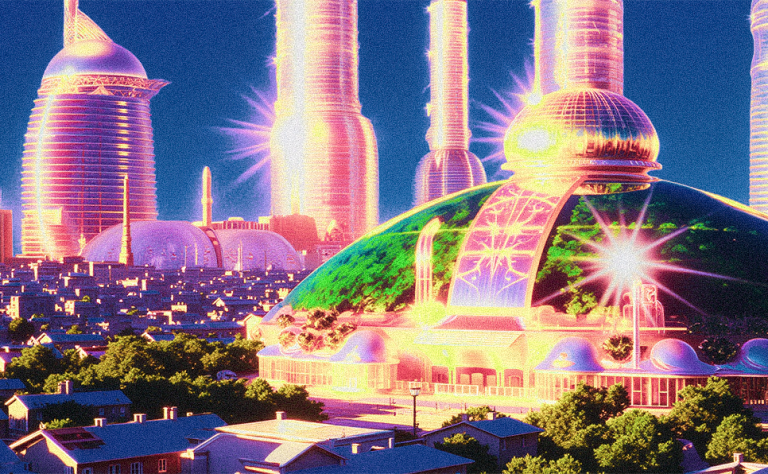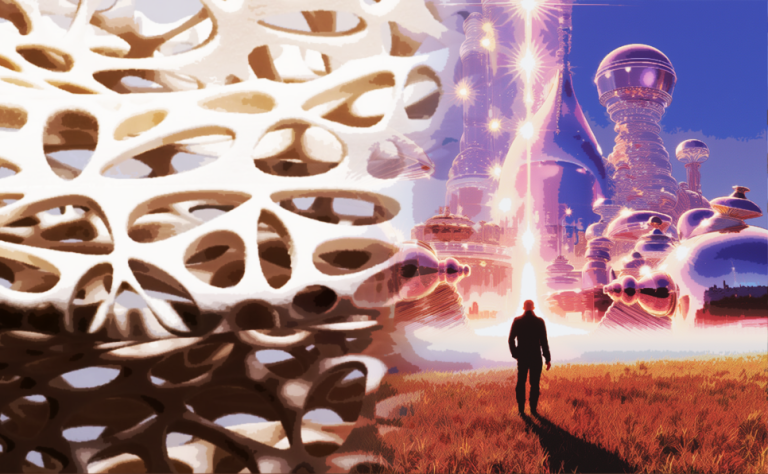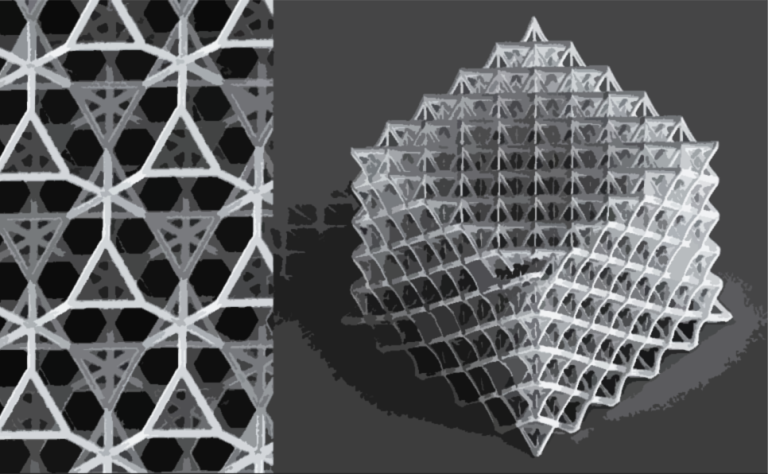Architecture is an art form that transcends mere construction; it is a manifestation of human creativity, culture, and innovation. This discipline encompasses the design and construction of buildings, structures, and spaces that shape the physical environment in which we live, work, and play. From ancient marvels to modern skyscrapers, architecture reflects the evolution of societies, technologies, and aesthetic sensibilities.
The origins of architecture can be traced back to the earliest human civilizations. As communities transitioned from nomadic lifestyles to settled societies, the need for shelter and communal spaces became paramount. The first architectural endeavors were pragmatic, focusing on providing protection from the elements. Mud-brick dwellings, tent structures, and primitive forms of shelter marked the initial steps in the architectural journey.
Over time, architecture evolved beyond mere functionality. Cultures across the globe infused their structures with symbolism, reflecting their beliefs, values, and social structures. Ancient civilizations, such as the Egyptians, Greeks, and Romans, left behind architectural wonders that continue to captivate and inspire. The grandeur of the Pyramids of Giza, the elegance of the Parthenon, and the engineering marvels of the Roman Colosseum stand as testaments to the enduring legacy of architectural achievements.
The medieval period witnessed the rise of Gothic architecture, characterized by soaring cathedrals and intricate stone tracery. These structures aimed not only to house religious worship but also to evoke a sense of awe and transcendence. The Gothic style reflected the spiritual aspirations of the time, using pointed arches, ribbed vaults, and flying buttresses to create ethereal spaces that seemed to reach towards the divine.
The Renaissance brought a revival of classical principles, embracing harmony, proportion, and symmetry. Architects like Leonardo da Vinci and Andrea Palladio explored the relationship between humanism and design, infusing their creations with intellectual and artistic richness. The period marked a shift from the medieval verticality to a more balanced and proportionate approach, giving rise to architectural masterpieces like the St. Peter’s Basilica in Rome.
The Industrial Revolution in the 18th and 19th centuries ushered in a new era of architectural possibilities. Advances in materials, such as iron and steel, allowed for the construction of taller and more structurally daring buildings. The Eiffel Tower in Paris, an iconic symbol of innovation and engineering, exemplifies this era’s departure from traditional forms and embrace of industrial aesthetics.
In the 20th century, architecture underwent radical transformations with the advent of modernism. Architects like Le Corbusier and Frank Lloyd Wright championed functionalism, rejecting ornate embellishments in favor of clean lines and efficiency. The Bauhaus movement emphasized the marriage of art and industry, influencing a generation of architects to approach design with a focus on simplicity and functionality.
Contemporary architecture continues to evolve, reflecting the complexities of our globalized and technologically driven world. Architects grapple with sustainability challenges, urbanization pressures, and the need to create spaces that foster human well-being. Green architecture, characterized by environmentally conscious design and energy efficiency, has gained prominence as societies seek solutions to mitigate the impact of construction on the planet.

In the digital age, technology has become an integral part of architectural practice. Computer-aided design (CAD), 3D printing, and virtual reality have revolutionized the design process, allowing architects to visualize and test ideas in unprecedented ways. The convergence of architecture and technology has opened new possibilities for innovative and sustainable design solutions.
In conclusion, architecture is a dynamic and multifaceted discipline that reflects the aspirations, values, and technological advancements of humanity throughout history. From the ancient wonders to the cutting-edge designs of today, architecture continues to shape our physical and cultural landscapes, providing a tangible expression of human ingenuity and creativity. As we navigate the challenges of the future, architects will play a crucial role in envisioning and creating spaces that not only meet practical needs but also inspire and elevate the human experience.




One Response
I just couldn’t leave your web site prior to suggesting that I really
loved the usual information an individual supply to your visitors?
Is going to be back regularly to inspect new posts